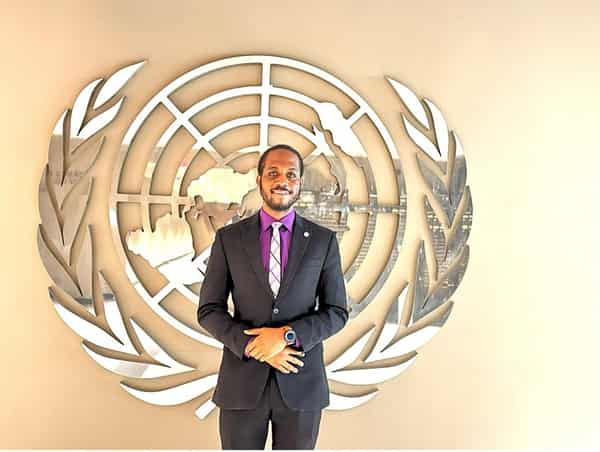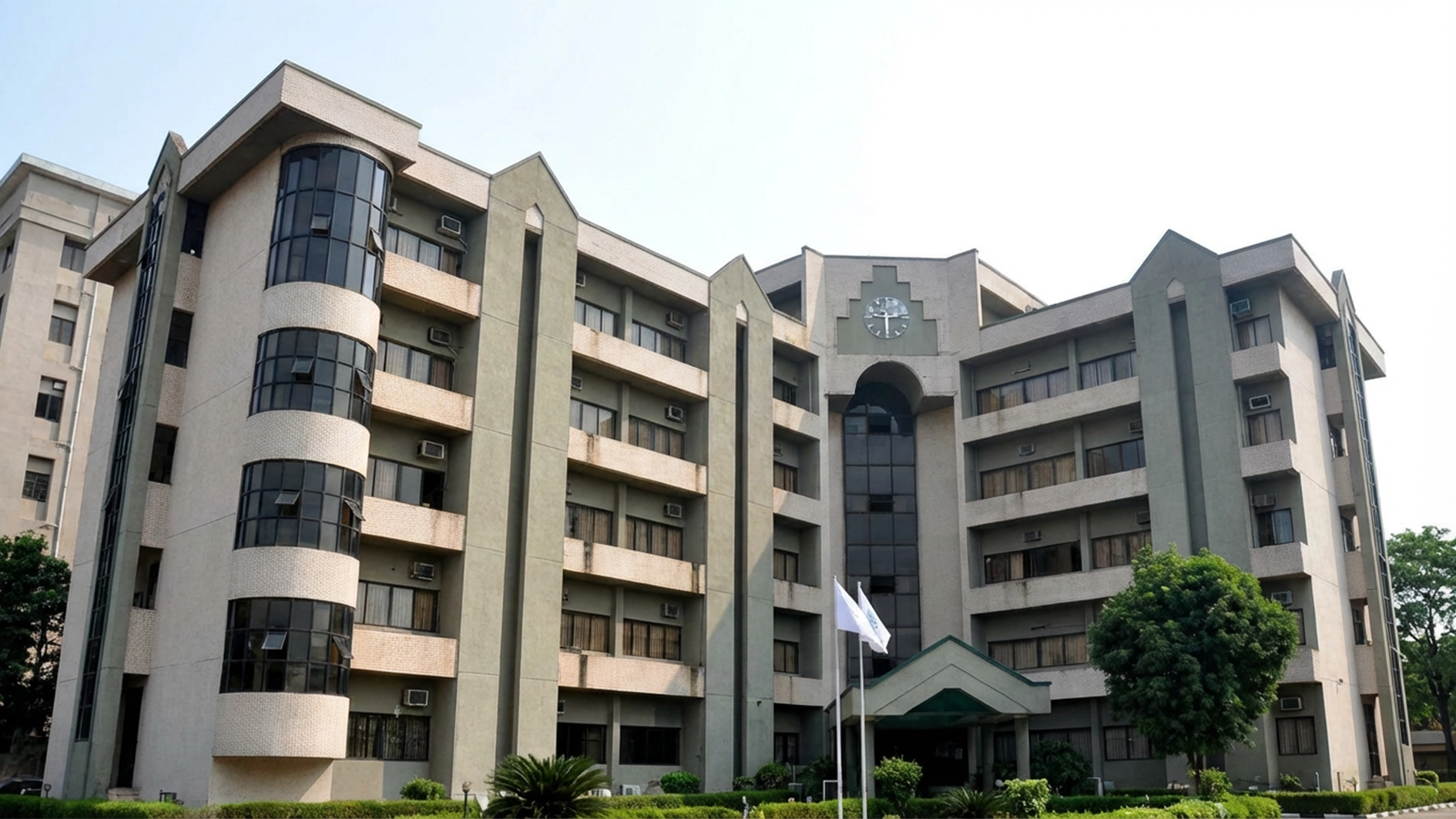In a world where technology is reshaping every sector, Nigerian experts are increasingly taking center stage in global institutions. One such trailblazer is Nnanna Kalu-Mba, a technology and innovation leader whose journey from Nigeria to the United Nations headquarters in New York is a masterclass in applying cutting-edge skills to solve humanity’s most pressing challenges. With over a decade of experience driving digital transformation in humanitarian and development contexts, his work showcases a rare ability to operate at the intersection of technology, strategy, and social impact. In this interview with Goodness Amadi, he discusses his remarkable career and the mindset that took him to the top of his field.
Your career began in Nigeria. Can you tell us about those early days and the foundation you built?
My professional start was right at home. I began as a Network and Communication Administrator for ASO Savings and Loans, PLC in Abuja , where I was managing the core IT and financial systems infrastructure. That role gave me a strong technical foundation. However, my pivot into the international development sector was also in Nigeria, with the International Organisation for Migration (IOM). I was among the pioneer staff for the Displacement Tracking Matrix (DTM) project, which was established in response to the insurgency in North-East Nigeria. Our mission was to provide accurate, reliable data on the millions of Internally Displaced Persons (IDPs) to help coordinate a more effective humanitarian response in close collaboration with NEMA, SEMA, and the Nigerian Red Cross.
Your career isn’t typical for a tech expert. You’ve consistently chosen roles in high-stakes humanitarian and development sectors. What drives you to apply your skills in these challenging environments instead of a more traditional corporate path?
For me, technology is a tool for empowerment. I quickly realized that the same skills used to optimize a corporate network could be used to deliver aid more effectively or protect vulnerable populations. The motivation comes from seeing that direct impact. When you design a data collection system that reduces duplication of effort among aid organizations in a crisis zone, you’re not just improving efficiency; you’re ensuring that limited resources reach more people in need. My Master’s degree from Lancaster University focused on Information Technology, Management, and Organisational Change, which solidified my belief that technology’s greatest potential lies in its ability to transform organizations and, by extension, society. It’s about leveraging innovation to advance a mission, and I find that profoundly more fulfilling.
At USAID/Nigeria, you transitioned from a purely technical role to one of strategic influence, managing a significant budget and advising government agencies. How did you navigate that leap to becoming a strategic advisor?
That role was a pivotal point. At USAID, I was responsible for the strategic leadership on all technology-related components for projects across more than 20 states. This included managing an annual technology operating budget of over $5 million. The role required me to think beyond technical implementation. I had to provide guidance to Nigerian Government Agencies on telecommunications and digital media, helping to shape their inclusion in the digital economy. The transition was possible because I focused on understanding the ‘why’ behind the technology; how it served the larger development goals. My academic background gave me frameworks for systems thinking and organizational change, which were critical in guiding government partners and ensuring that our multi-million dollar investments in technology were sustainable and impactful.
Your work in South Sudan with the IOM involved a ‘pioneering initiative’ with the biometric registration of one million IDPs. What was the situation like before, and what fundamental change did your system introduce?
When I arrived in South Sudan, the country was facing one of the world’s worst humanitarian crises. Aid distribution was incredibly complex. Without a reliable identification system, it was difficult to prevent fraud and ensure aid reached its intended recipients. We were starting from scratch. My role was to lead the deployment of the BRaVe biometric system, which was truly transformative. We registered individuals using their fingerprints and personal data, issuing secure ID cards. This was a fundamental shift from manual, paper-based lists to a secure, digital identity. It introduced accountability and transparency into the aid distribution process, a change that was recognized in official reports as a major advancement in IDP management. By registering over one million people, we gave them secure access to benefits and entitlements they might have otherwise been excluded from.
You’ve now spearheaded the adoption of Generative AI at the UN headquarters. What does it take to champion such a transformative technology in a distinguished global organization like the UNFPA?
Championing innovation in a large, established organization requires a multi-faceted approach. It’s not just about introducing a new tool; it’s about leading organizational change. When I proposed integrating Google’s Gemini, my first priority was building trust. I worked closely with Google to deploy a version that was ‘ringfenced’—meaning it was customized to keep our internal data completely secure and not used for training the broader model. Second, I had to demonstrate clear value. We rolled it out to 6,000 staff across 150 countries and showed, through internal surveys, a significant boost in productivity. Staff were spending less time on repetitive tasks and more on high-value work. My role was to spearhead this integration, advocate for its potential, and provide the expertise needed to align it with UNFPA’s mandate. It positioned UNFPA among the first UN agencies to adopt AI at this scale, and now I support specific departments in building their own custom AI chatbots for even more tailored applications.
Looking back, what is your advice for the next generation of tech talent in Nigeria aspiring to build a globally impactful career?
My advice is to cultivate a mindset of relentless learning and problem-solving. First, build a deep, undeniable technical foundation. The certifications I earned early in my career were crucial. But don’t stop there. My recent certificates from Harvard Business School Online and MIT xPRO in strategy and innovation were essential for me to stay at the leading edge. Second, don’t be afraid to step into complex, messy problems; that’s where the most valuable learning occurs. Finally, think of yourself not just as a technologist, but as a strategic partner. Understand the mission of your organization and proactively identify how emerging technologies can drive it forward. The world needs problem-solvers, and Nigerian talent is more than capable of leading the way.






